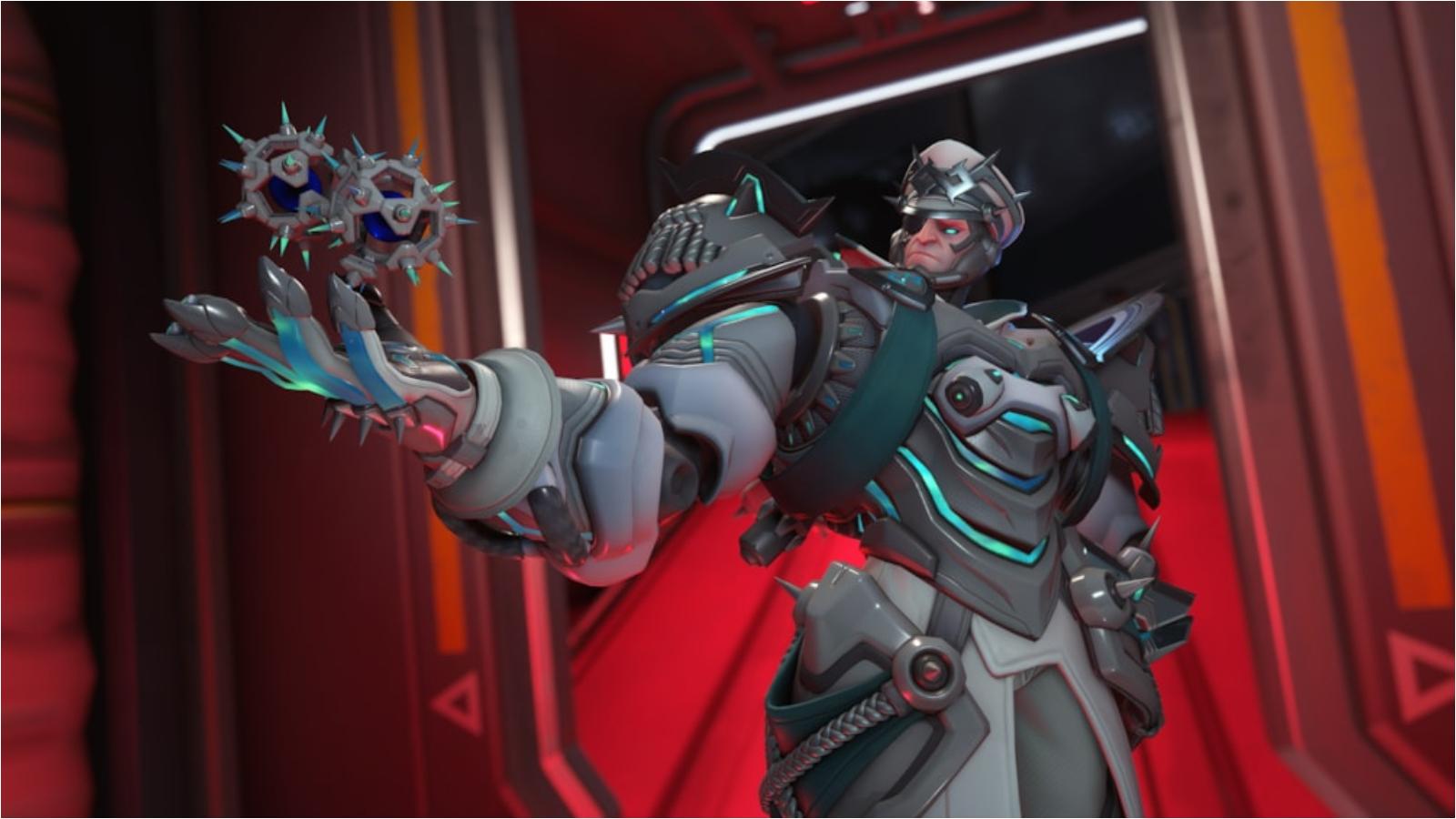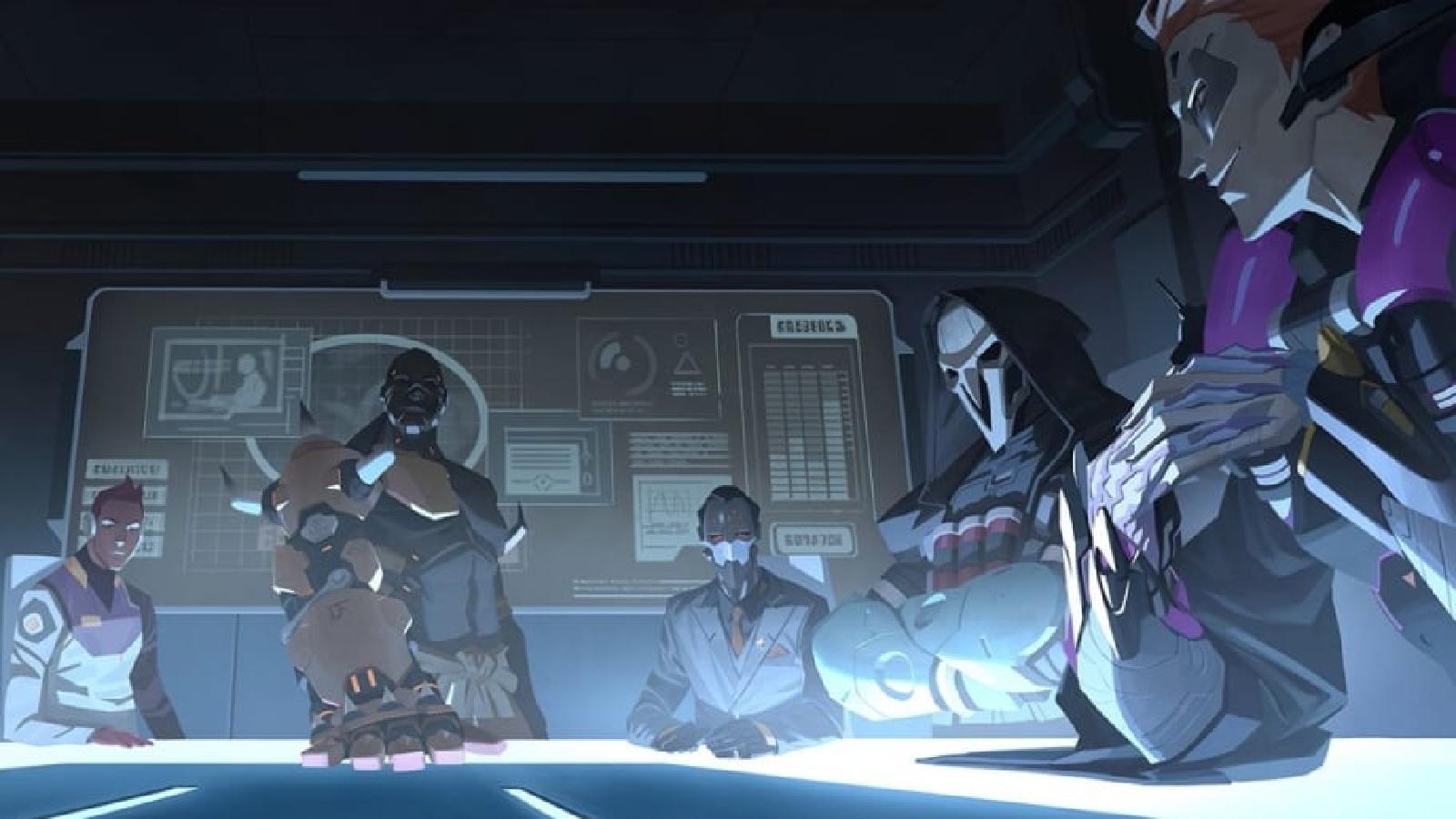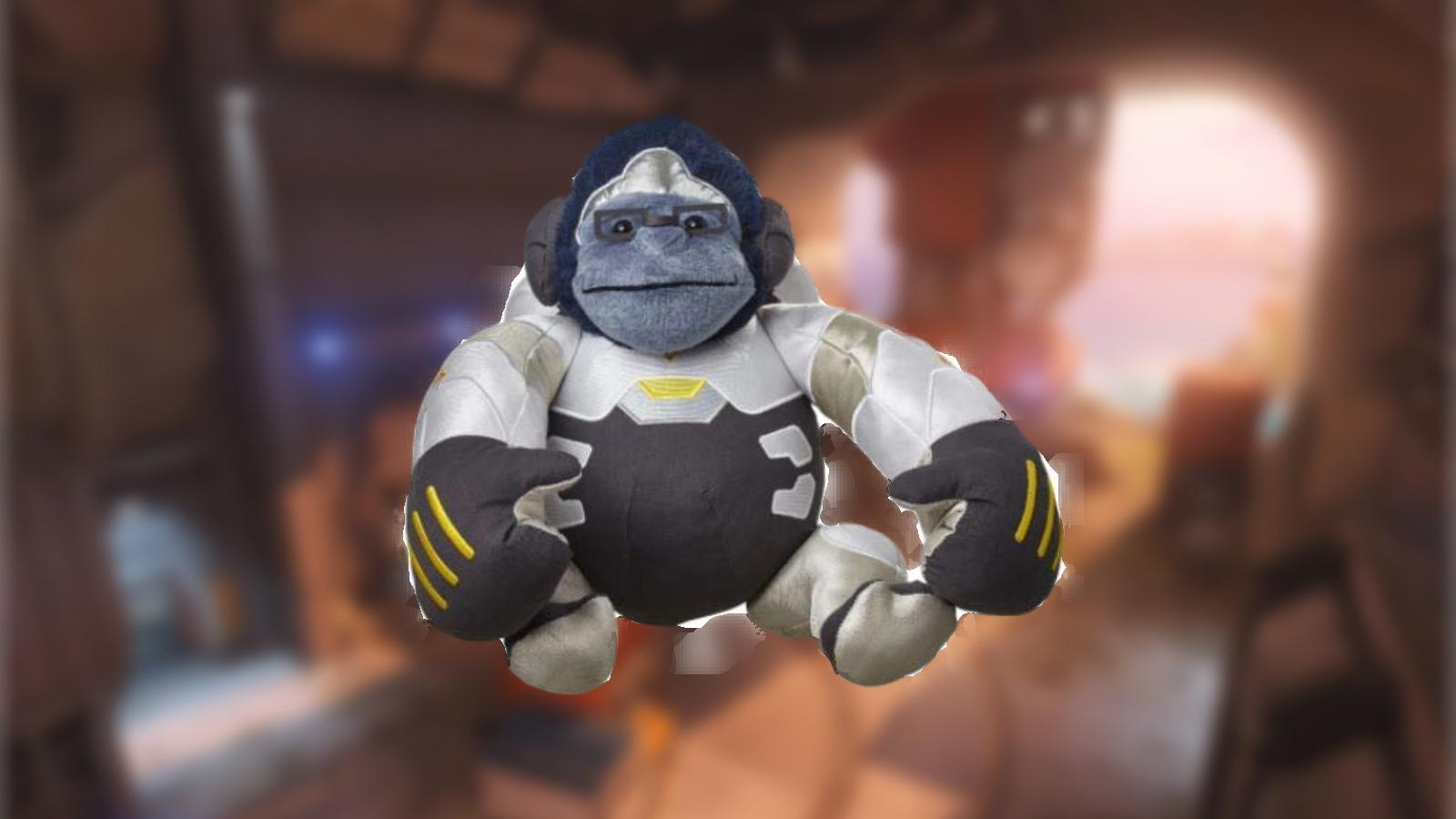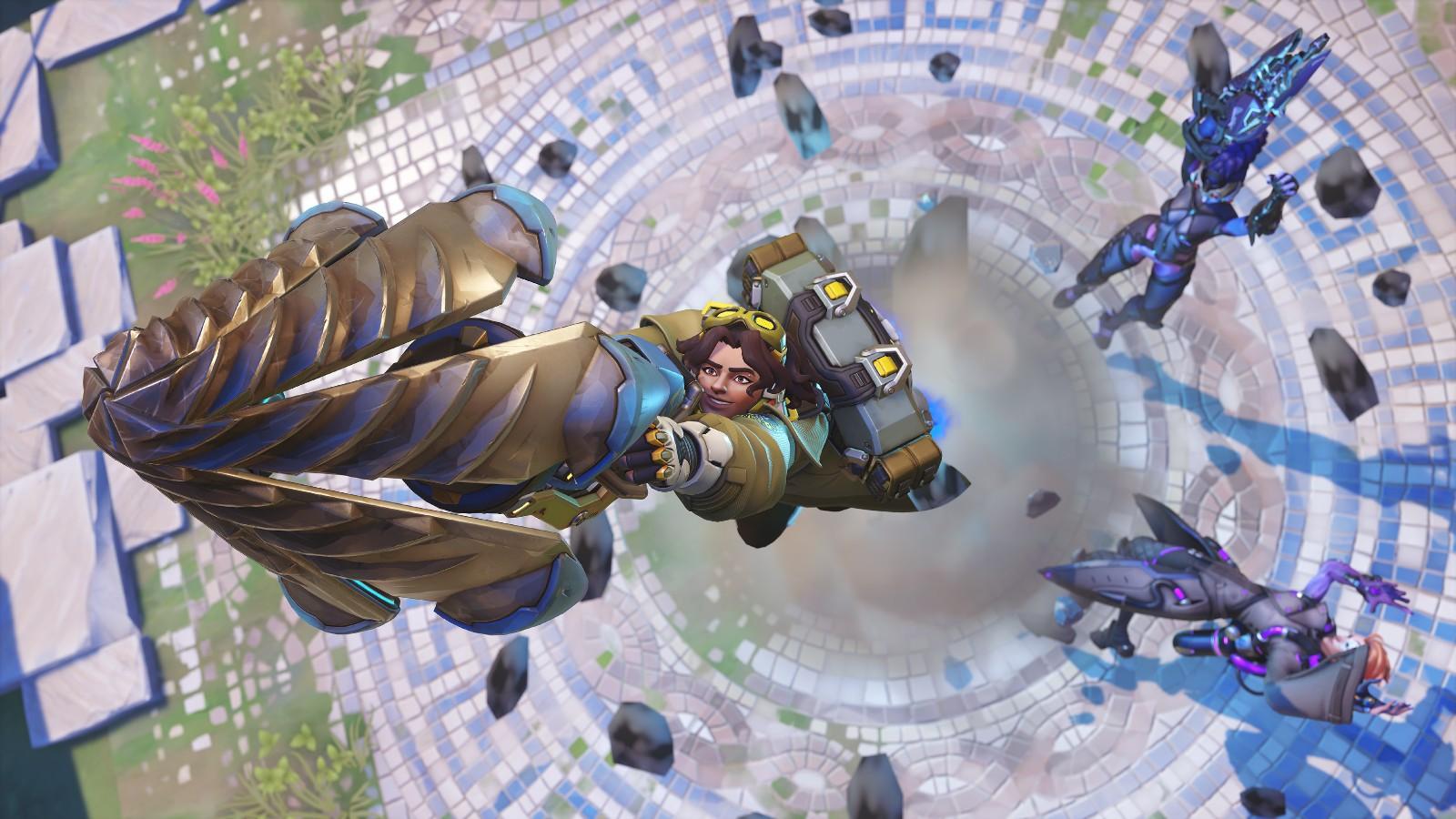Overwatch: What is role lock and will it be added to the game?
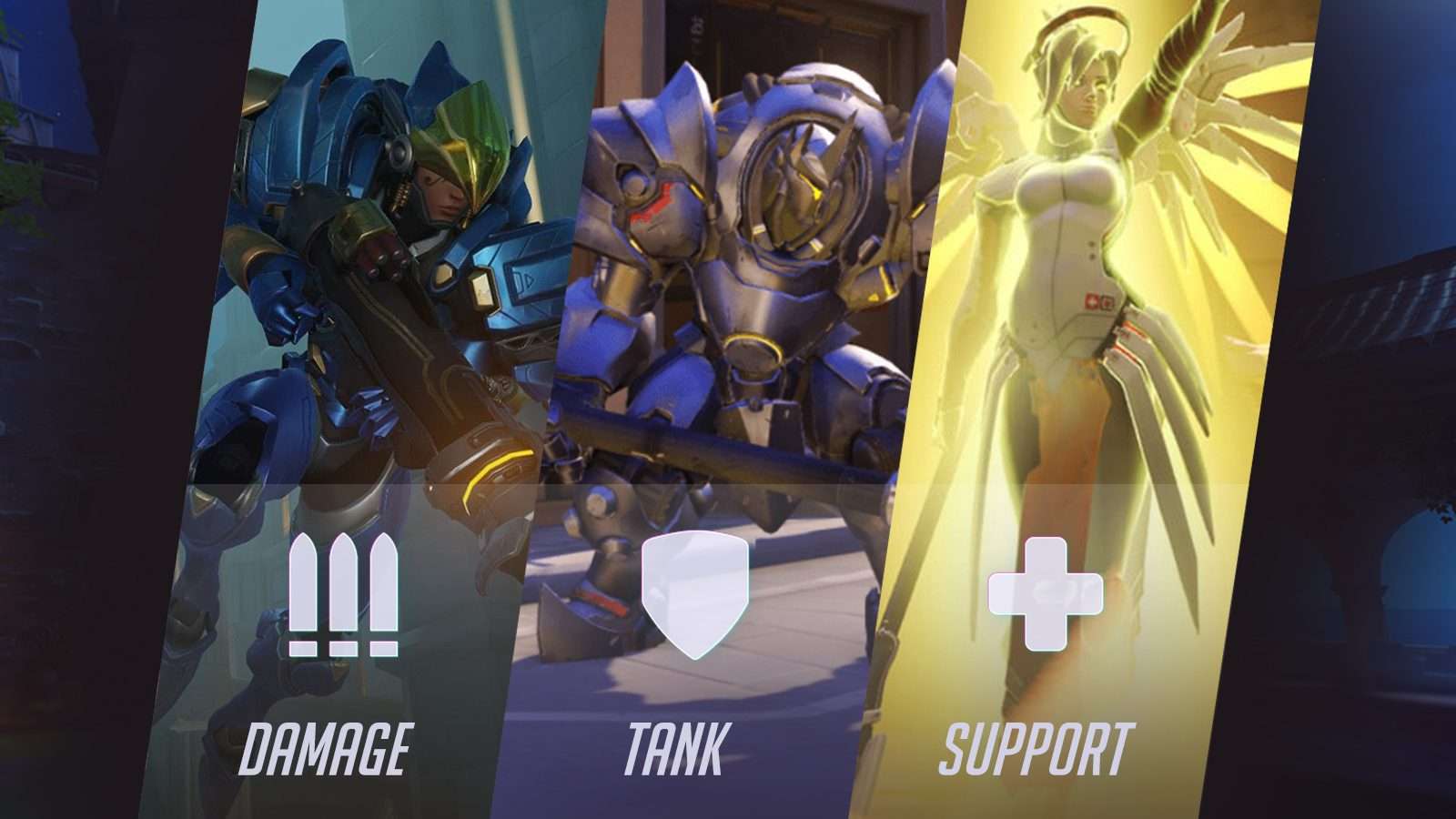
It’s looking increasingly likely that the Overwatch League could be set to implement role lock for Stage 4 of Season Two, leaving players to speculate whether the rule change could also hit the broader game.
[ad name=”article1″]
With Stage 3 of the league coming to a close with an incredible victory for Shanghai Dragons, it seems the era of totally free hero swaps might be ending in Overwatch’s flagship league, with all signs pointing to the implementation of a role lock for the next stage.
The move could be a major turning point for how competitive Overwatch fundamentally works, and it might eventually be seen beyond the OWL, so here’s everything you need to know about role lock and what it could mean for the game.
[ad name=”article2″]
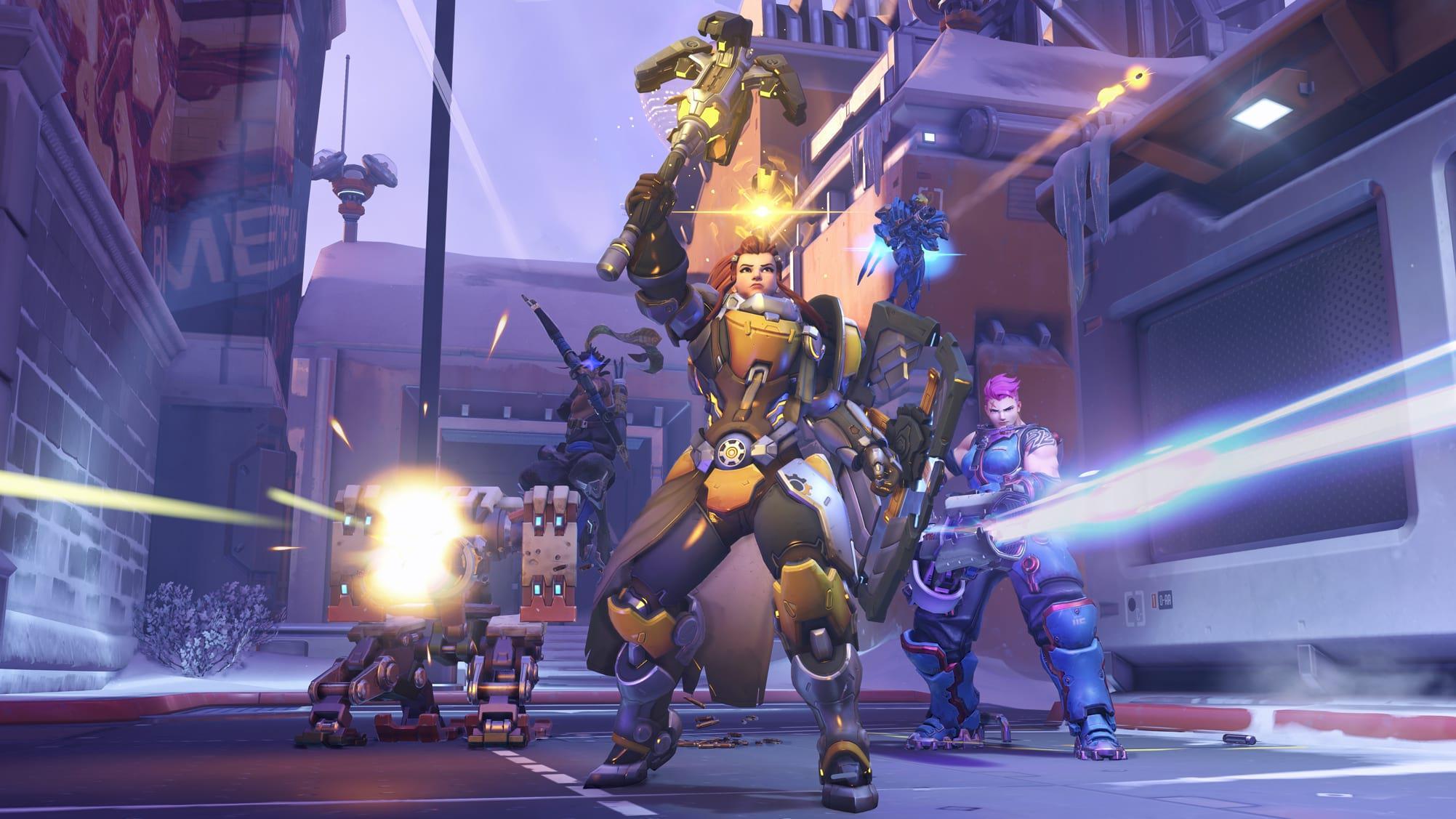 Role lock would see players locked into a particular role for the duration of a game.
Role lock would see players locked into a particular role for the duration of a game.What is role lock?
A “role lock” would see players locked into a particular role for the duration of the game – a designated tank, for instance, would only be allowed to choose from tank heroes – and is expected to enforce a 2-2-2 split of Tanks, Supports, and Damage heroes per team.
The change, if it does come through, will be a major departure from one of the core principles of Overwatch – the ability to change to any hero at any time. Instead, players would have a much more limited range of heroes to choose from within each game.
It wouldn’t be the first time that Blizzard have made a rather drastic change to how the hero system works, however.
When Overwatch launched, there were no limits to the number of players who could play the same hero, making for compositions such as the double Tracer, Winston, and Lúcio line-up that dominated for a time. While few would argue against such a change now, it wasn’t universally approved of by players when it was originally made.
[ad name=”article3″]
 The Overwatch League seems set to premier the move to role lock.
The Overwatch League seems set to premier the move to role lock.Where and when will role lock be implemented?
While nothing has been officially confirmed, there have been various reports and hints that the Overwatch League will adopt a 2-2-2 role lock for Stage 4 and beyond, which kicks off on July 25.
There has been speculation that this change will be announced in a “very special Stage 4 edition” of Overwatch League show Watchpoint, which is airing on Thursday July 18.
- Read more: Top 20 highest earning Overwatch pro players
Reports have also suggested, however, that the OWL change could herald the implementation of a role queue system for Overwatch itself that would allow players to find matchmaking games with an enforced role lock.
[ad name=”article4″]
Overwatch director Jeff Kaplan himself has stated that a role queue is something that many at Blizzard – himself included – like the idea of, and while it would apparently take “months of rewriting” of the matchmaking system to implement, it seems this work might have begun back in February.
It’s plausible, then, that Blizzard might be gearing up to roll out a role queue later in the year after previewing the change in the Overwatch League, although exactly how and when that could be has not been confirmed.
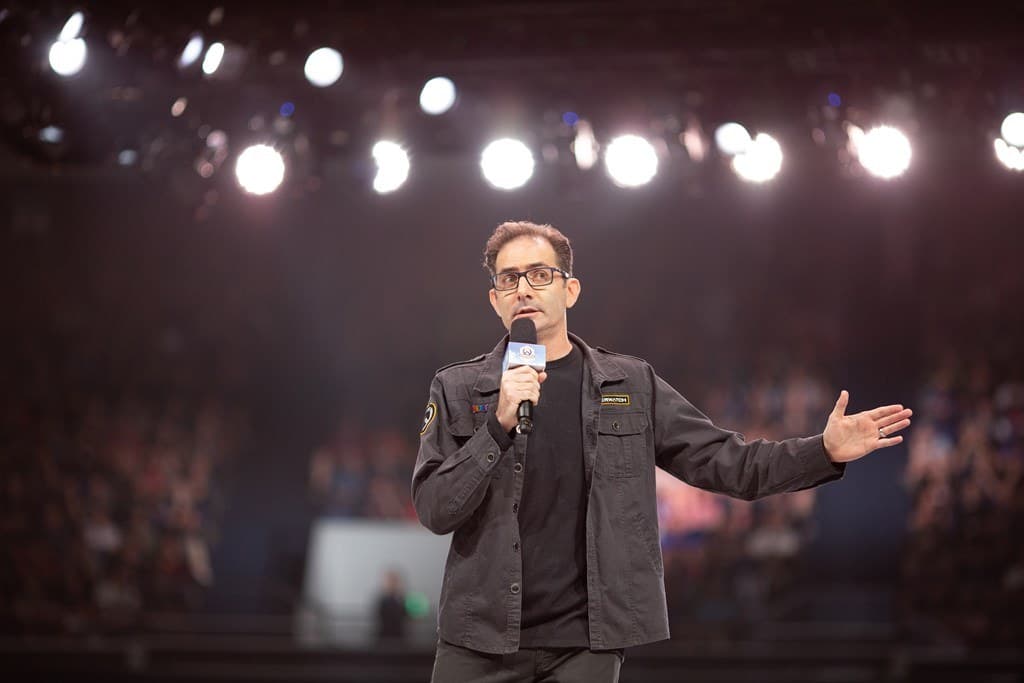 Jeff Kaplan is a fan of the idea of a role queue for Overwatch.
Jeff Kaplan is a fan of the idea of a role queue for Overwatch.Why role lock?
At the highest level of play, one of the major advantages of role lock is that it finally breaks the tyranny of the GOATS meta for good by simply making triple-tank, triple-support compositions impossible, but that’s less of an issue for the majority of the player-base.
There are still good reasons for a role lock system to be implemented in the wider game, however. For instance, it would also do away with the issue of matchmaking teams failing to settle on a viable line-up.
Most players will have experienced the occasional game in which everyone wants to play DPS, or nobody’s willing to play Support, resulting in compositions that are highly unlikely to succeed. A 2-2-2 role lock should at least produce a somewhat viable team in the vast majority of cases.
- Read more: Overwatch: What is the Bunker comp?
More than that, though, a role queue allowing players to select the role they want to play would also make it more likely that all players were happy with their heroes, rather than feeling obligated to fill roles they don’t actually enjoy, and hopefully making for a general improvement in atmosphere.
By separating out roles, players could also have distinct ranks for each position. A Diamond DPS player may not be so comfortable playing tanks, for instance, or vice versa, but with a distinct rank for each role players could practice different positions at an appropriate difficult, which should also improve matchmaking balance on average.
The balance of the game itself could also improve, as Blizzard would have to account for fewer possible scenarios when making adjustments. Kaplan has stated that they had trouble balancing Brigitte in triple-support compositions, for instance, as applying too many nerfs would make her too weak in any other scenario.
